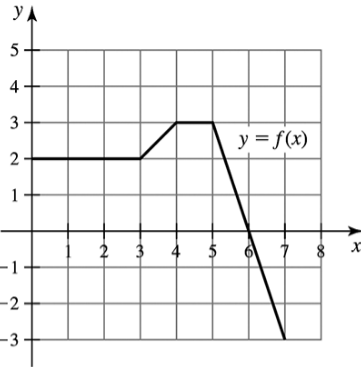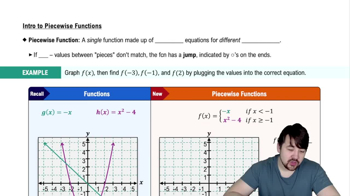Displacement from a velocity graph Consider the velocity function for an object moving along a line (see figure).
(d) Assuming the velocity remains 10 m/s, for t ≥ 5, find the function that gives the displacement between t = 0 and any time t ≥ 5.

 Verified step by step guidance
Verified step by step guidance Verified video answer for a similar problem:
Verified video answer for a similar problem:



 7:59m
7:59mMaster Estimating the Area Under a Curve Using Left Endpoints with a bite sized video explanation from Patrick
Start learning